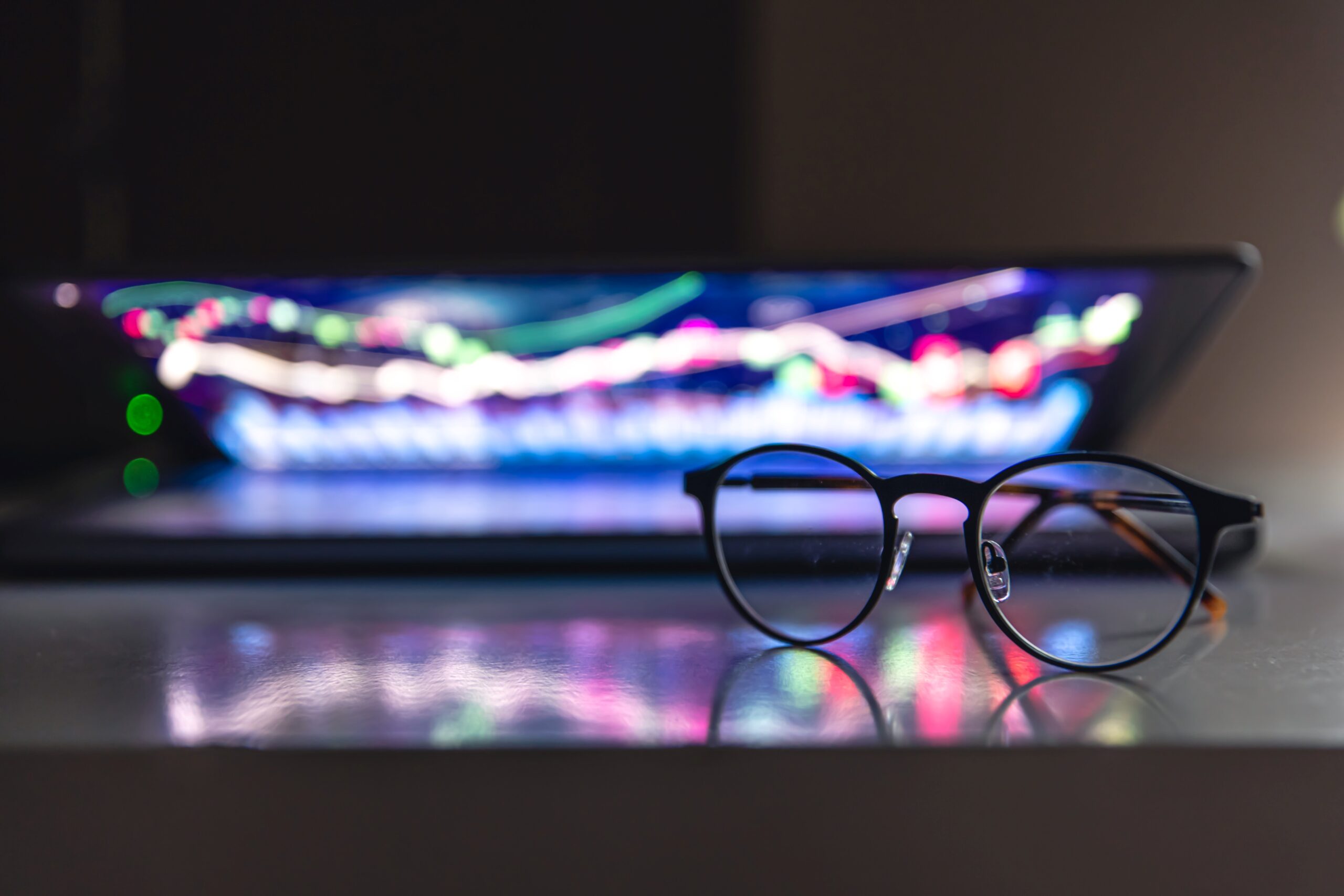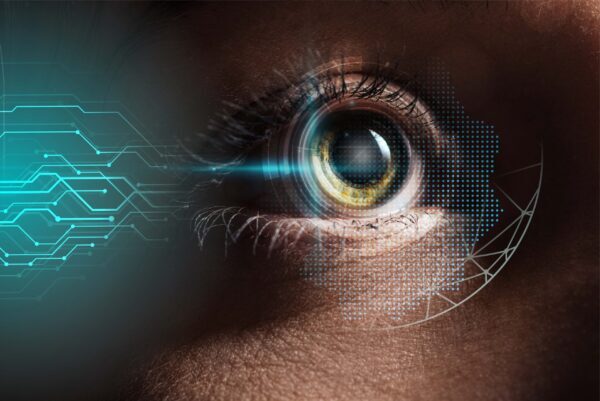Introduction
In the stream of tech news today, screen resolution frequently dominates the conversation. Devices are marketed using terms like “retina display” and high “density resolution,” but these claims often outpace what the human eye can actually perceive. This prompts a key question: how many pixels per inch (PPI) can the human eye resolve? This article revisits that question using contemporary data and formatting standards, without speculation or exaggeration.
Biological Limits Of Human Vision
The visual capacity of the human eye, though remarkable, has measurable constraints. Standard 20/20 vision correlates with the ability to distinguish two points that are one arcminute apart, or 1/60th of a degree. Translating that to digital screens, it means two pixels must be separated by at least 0.003 inches for the eye to perceive them as distinct—assuming a viewing distance of about 12 inches.
Under these conditions, the theoretical threshold for discernible resolution is approximately 300 PPI. That’s the baseline. Not the maximum.
But the equation changes with distance. While browsing late at night or reading on a train, users often hold phones closer to the eyes, making higher PPI more meaningful. On desktops, viewed from farther away, the need for ultra-dense screens diminishes. Context is the variable.
Lighting also plays a role. Glare, backlight intensity, and ambient conditions can affect how much detail the eye can distinguish. A bright environment might reduce perceived clarity, while a darker room can enhance contrast and make lower resolutions seem sharper than they are.
How Screen Density Affects Perception
Density resolution becomes relevant only when it aligns with viewing habits. There is no absolute number that fits every device. When PPI surpasses the resolution capability of the eye, additional sharpness becomes indistinguishable.
Apple’s “retina display” aimed to exceed this 300 PPI limit under standard usage scenarios. It wasn’t about visual magic—it was about reaching the perceptual threshold. After switching devices, users noticed something: text appeared smoother, images clearer. Or so it seemed.
The numbers told one story. The eyes—another.
That said, not all eyes are equal. Users with exceptional vision may detect subtle differences beyond 300 PPI, particularly when focusing on text. In contrast, individuals with less than perfect vision may see little change between 250 and 400 PPI. Personal variance remains a factor.
Common Display Types And Their PPI
- Modern smartphones: 400–500 PPI
- Tablets: 250–350 PPI
- Laptops: 200–300 PPI
- Desktop monitors: 100–220 PPI
- Televisions: 50–100 PPI (typically viewed from greater distances)
Despite the variety, one pattern repeats: displays are designed with both distance and purpose in mind. Higher PPI enhances detail, but only within perceptible bounds.
Implications For Device Design
The idea that “more is better” in screen resolution holds only until human vision

becomes the bottleneck. Manufacturers are aware of this but continue to push denser screens, especially in premium models. Sometimes it’s practical. Sometimes not.
Battery life, processing power, and production cost are all affected by higher resolutions. For day-to-day users—reading emails, streaming videos, checking updates—300 PPI is usually enough. Or slightly more, depending on screen size.
Then came retina. The industry pivoted. Not because consumers demanded it, but because engineers could deliver it.
In wearables, AR/VR, and medical imaging—fields requiring proximity and precision—higher PPI justifies itself. But for casual use? The limit has been met.
From a development perspective, focusing on scaling and UI clarity often brings more benefit than increasing raw pixel count. Screen optimization isn’t just about sharpness. It’s about readability, eye strain reduction, and energy consumption.
Numbers vs. Experience
PPI and the human eye remain tightly linked by one principle: practicality. Going beyond what the eye can see doesn’t always improve experience—it can complicate it.
Understanding human eye resolution helps calibrate expectations. Instead of chasing numbers, designers now consider how users actually view devices—in transit, under poor lighting, while multitasking.
Density resolution is still a factor in the latest tech news and trending tech news discussions. But perception sets the ceiling. And the ceiling isn’t moving much.
